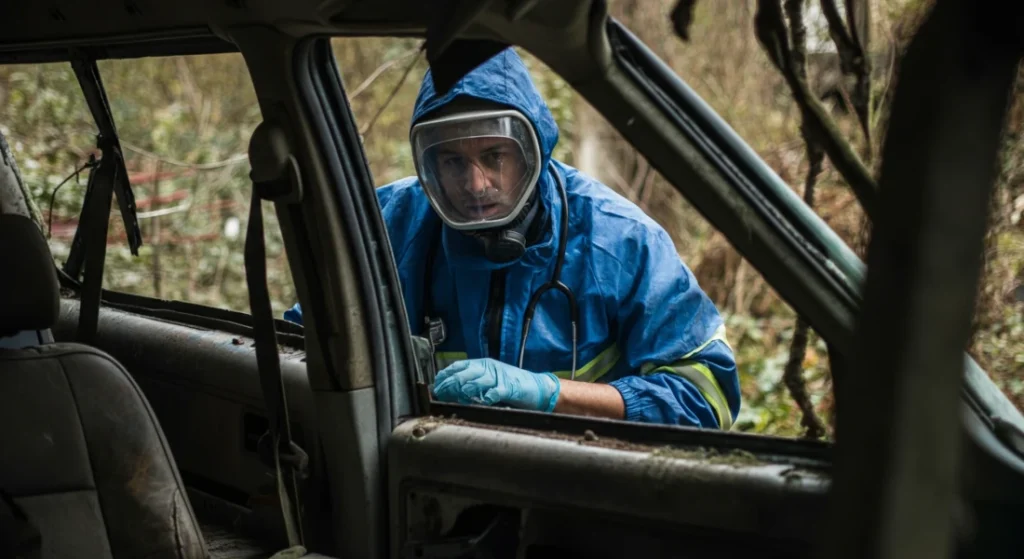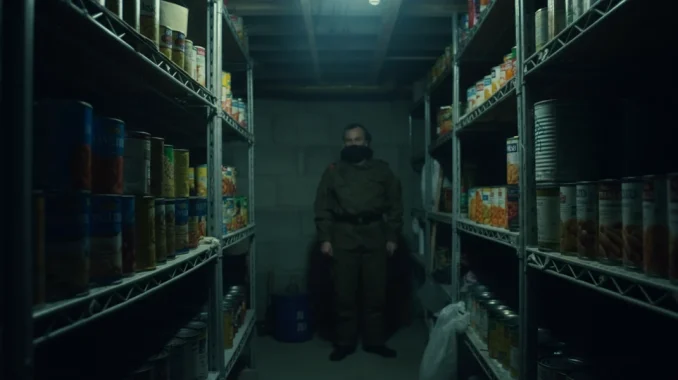In times of war, conflict, or disaster, emergency medical services may be delayed, overwhelmed, or completely unavailable. Hospitals may be closed, ambulances may not come, and medical supplies may be scarce. Knowing how to handle medical emergencies on your own can save lives.
This guide will teach you how to manage injuries and medical crises when professional help is not an option, giving you practical steps to stay safe and take action in emergency situations.

Step 1: Stay Calm and Assess the Situation
The first rule of handling any medical emergency is to remain calm. Panic leads to poor decisions, which can make the situation worse. Take a deep breath and follow these steps:
- Ensure safety – Check if you or the injured person is in immediate danger. Move to a safe location if necessary.
- Assess the person’s condition – Are they conscious? Breathing? Bleeding? In shock?
- Prioritize life-threatening issues – Stop severe bleeding, clear airways, and check for breathing.
- Look for a way to get help – Even if hospitals are not functioning, try to find local medical personnel, humanitarian aid workers, or field clinics.
What NOT to Do:
- Do not move an injured person unless they are in immediate danger (e.g., fire, collapse, attack).
- Avoid treating something beyond your skill level unless it’s a matter of life or death.
- Do not waste time if the person has a life-threatening condition—act fast.
Step 2: Handling Severe Bleeding
Uncontrolled bleeding can cause death within minutes if not treated quickly.
How to Stop Heavy Bleeding
- Apply direct pressure – Use clean cloth, bandages, or even a shirt to press on the wound.
- Elevate the injured limb – If the bleeding is from an arm or leg, raising it can slow the blood flow.
- Use a tourniquet if needed – If blood is still flowing heavily and medical help is far away, tie a tourniquet above the wound using cloth and a stick to tighten it.
- Keep the person warm and still – Losing blood can cause shock, so cover them with a blanket.
What NOT to Do:
- Do not remove an object stuck in the wound—stabilize it and bandage around it.
- Avoid checking the wound too often—leave pressure on it to stop bleeding.
- Do not apply a tourniquet unless absolutely necessary—it can cause permanent limb damage.
Step 3: Managing Breathing and Airway Problems
If someone is not breathing or is choking, they need help immediately.
How to Help a Person Who Has Stopped Breathing
- Check for signs of breathing – Look for chest movement, listen for air, feel for breath.
- Perform CPR if necessary:
- Give 30 chest compressions (push hard and fast in the center of the chest).
- Give 2 rescue breaths (tilt head back, pinch nose, blow into mouth).
- Repeat until the person breathes or help arrives.
How to Help a Choking Person
- If they can cough, encourage them to keep coughing.
- If they cannot breathe or cough, perform the Heimlich maneuver:
- Stand behind them and wrap your arms around their waist.
- Make a fist and place it above their belly button.
- Pull inward and upward forcefully until the object is expelled.
What NOT to Do:
- Do not slap someone on the back while they are upright—it can make choking worse.
- Do not tilt the head back too far while giving breaths—this can block airways.
- Do not stop CPR too soon—keep going until help arrives or the person breathes again.
Step 4: Treating Shock
Shock is a life-threatening condition that happens when blood flow is too low, often due to injury, bleeding, or trauma.
How to Help Someone in Shock
- Lay them down – Keep them flat with legs slightly elevated.
- Cover them with a blanket – Prevent body temperature from dropping.
- Reassure them – Fear can make shock worse.
- Give small sips of water if they are conscious – Only if there is no head injury or severe bleeding.
What NOT to Do:
- Do not give food or drinks if the person is unconscious.
- Avoid moving them unnecessarily—this can worsen internal injuries.
Step 5: Dealing with Burns
Burns are common in war zones due to fires, explosions, or chemical exposure.
How to Treat Burns
- Cool the burn – Run cool (not ice-cold) water over it for at least 10 minutes.
- Cover with a clean cloth or dressing – Use non-stick bandages.
- Give pain relief if available – Ibuprofen or paracetamol can help.
- Monitor for signs of infection – Redness, swelling, pus, or fever.
What NOT to Do:
- Do not apply butter, oil, or toothpaste—this can trap heat and worsen the burn.
- Avoid breaking blisters—they protect against infection.
- Do not use cotton wool—fibers can stick to the burn and cause infection.
Step 6: Handling Broken Bones and Fractures
If someone has a suspected broken bone, you need to immobilize it.
How to Handle a Fracture
- Do not move the limb if possible – Keep it still.
- Make a splint – Use wood, rolled-up fabric, or a board to keep the limb straight.
- Tie the splint in place with strips of cloth.
- Apply ice (wrapped in a cloth) if available to reduce swelling.
What NOT to Do:
- Do not try to straighten the bone yourself—this can cause more damage.
- Avoid moving the injured person unless absolutely necessary.
Conclusion: Be Prepared, Act Fast
In times of war, disaster, or emergency, you may be the only person available to help. By learning these basic medical techniques, you can save lives and prevent minor injuries from becoming deadly.
Key Takeaways:
- Stay calm and assess the situation first.
- Stop severe bleeding quickly with pressure or a tourniquet if needed.
- Ensure open airways and breathing—perform CPR or the Heimlich maneuver if necessary.
- Treat burns, shock, and broken bones carefully to prevent further harm.
- Stock up on medical supplies before a crisis happens.
Being prepared can make all the difference. Take action now by learning first aid skills and assembling an emergency medical kit. Your knowledge may one day save a life.




